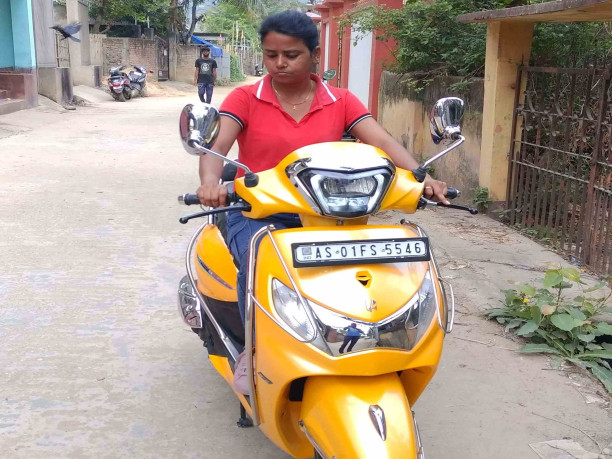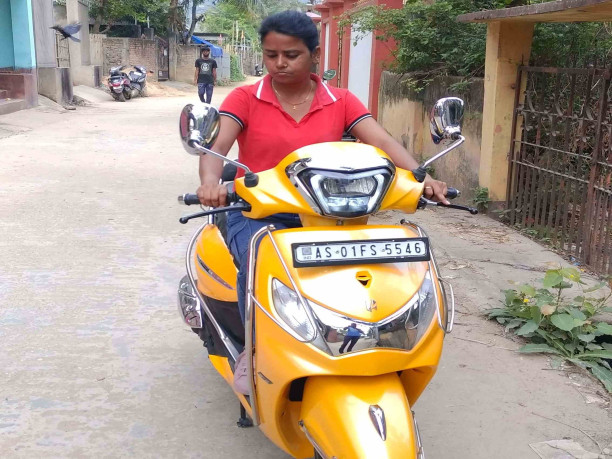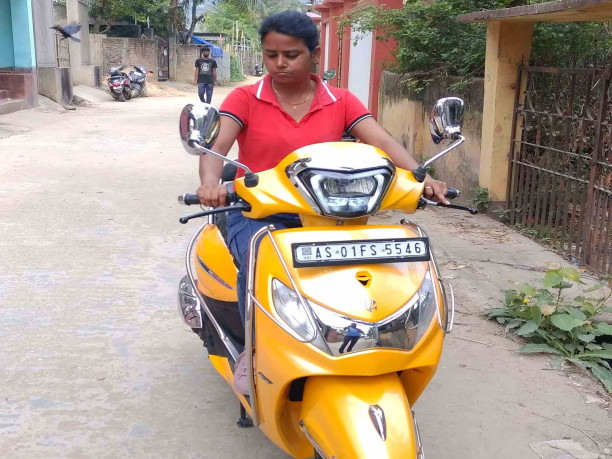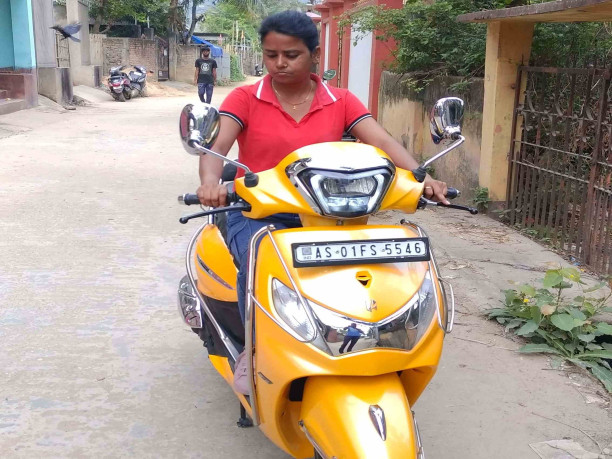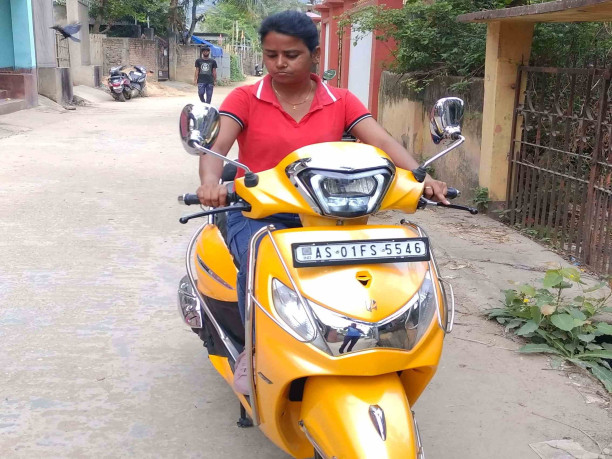rids.verify@gmail.com
+91-9555-581-581 | 9401677773
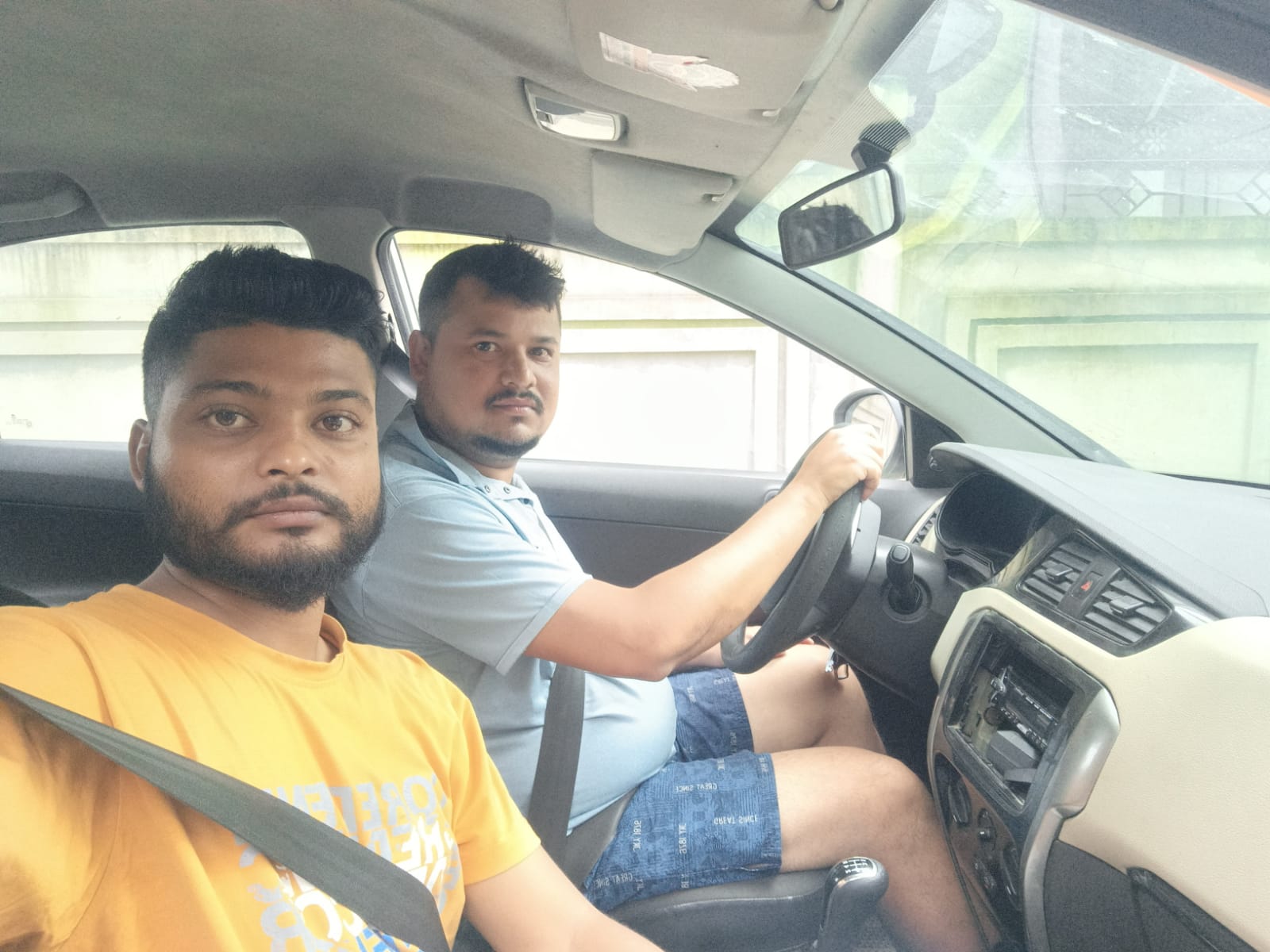
How to learn Drive a Car Driving | Driving School near me
Learning to drive a car can be an exciting and empowering experience at RI Car, Scooty and Bike Driving Training School. Here are some steps to help you get started:
1. Research and understand the rules and regulations: Familiarize yourself with the traffic laws and regulations in your area. This will include learning about road signs, speed limits, and any specific rules that apply to your region.
2. Enroll in a driver’s education course at RI Car, Scooty and Bike Driving Training School: Consider enrolling in a driver’s education course, either through a driving school or an online program. These courses provide comprehensive instruction on the rules of the road, defensive driving techniques, and practical driving skills.
3. Obtain a learner’s permit: In most places, you will need to obtain a learner’s permit before you can start driving. Check with your local Department of Motor Vehicles (DMV) to find out the requirements and process for obtaining a learner’s permit.
4. Find a qualified instructor at RI Car, Scooty and Bike Driving Training School: If you’re not taking a driver’s education course, it’s important to find a qualified instructor to teach you how to drive. This could be a family member, friend, or professional driving instructor. Make sure they have a valid driver’s license and are experienced in teaching others how to drive.
5. Start with the basics: Begin by familiarizing yourself with the car’s controls and instruments. Learn how to adjust the seat, mirrors, and steering wheel for proper positioning. Practice starting and stopping the car, using the accelerator and brake pedals, and turning the steering wheel.
6. Learn parking and maneuvering: Practice parking the car in different situations, such as parallel parking and perpendicular parking. Learn how to reverse, turn, and change lanes safely. Practice these maneuvers in empty parking lots or quiet residential areas before venturing onto busier roads.
7. Observe and follow traffic rules: Pay attention to road signs, traffic signals, and other vehicles on the road. Follow the speed limits, yield to pedestrians, and use turn signals when changing lanes or making turns. Always maintain a safe distance from other vehicles.
8. Practice defensive driving: Develop good habits by being aware of your surroundings and anticipating potential hazards. Stay focused on the road, avoid distractions like cell phones, and always use your mirrors to check for blind spots.
9. Gain experience on different road conditions: Gradually expose yourself to different road conditions, such as highways, rural roads, and busy city streets. Each type of road presents unique challenges, so it’s important to gain experience in various environments.
10. Prepare for the driving test: Once you feel confident in your driving skills, schedule a driving test with your local DMV. Review the test requirements and practice the specific maneuvers that will be assessed, such as parallel parking and three-point turns.
Remember, learning to drive takes time and practice. Be patient with yourself and take it one step at a time.

